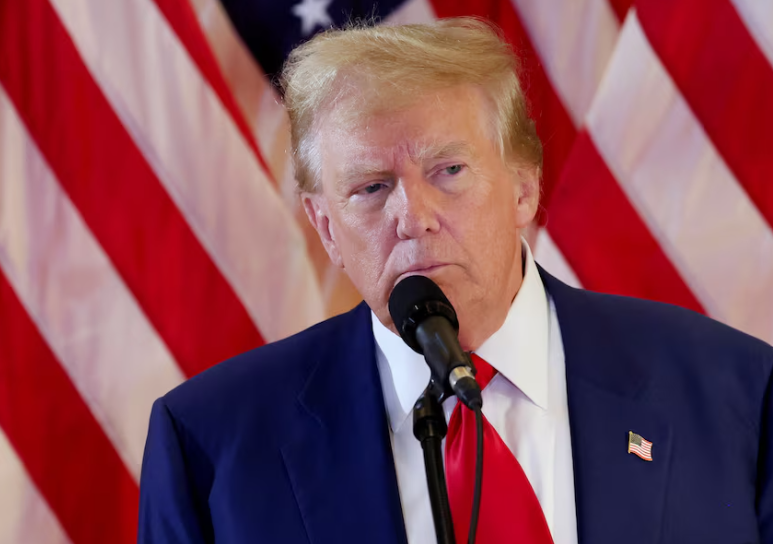The U.S. Citizenship and Immigration Services (USCIS) has released a detailed implementation plan signaling its intent to move forward with Executive Order 14160, a controversial directive issued by President Donald Trump on January 20, 2025, that seeks to significantly curtail birthright citizenship in the United States.
The July 25, 2025, memorandum, titled “USCIS Implementation Plan of Executive Order 14160 – Protecting the Meaning and Value of American Citizenship”, outlines how the agency intends to operationalize the order, which remains blocked by a preliminary injunction issued by a federal district court in Barbara v. Trump, No. 2025 DNH 079P, 2025 WL 1904338 (D.N.H. July 10, 2025).
Despite the ongoing legal challenge, the USCIS memo makes clear that federal immigration officials are laying the groundwork to implement the order if and when it is upheld.

Executive Order 14160: Restricting Birthright Citizenship
Executive Order 14160 seeks to redefine who is considered “subject to the jurisdiction” of the United States under the Fourteenth Amendment. Specifically, it excludes from automatic citizenship at birth two categories of children born in the U.S.:
- Children whose mothers were unlawfully present in the country and whose fathers were neither U.S. citizens nor lawful permanent residents at the time of birth.
- Children whose mothers were lawfully but temporarily present (e.g., under tourist, student, or work visas), and whose fathers were also not U.S. citizens or lawful permanent residents.
This marks a fundamental departure from the long-standing interpretation of the Fourteenth Amendment, which has historically granted citizenship to nearly all individuals born on U.S. soil, regardless of parental status—an interpretation affirmed by the Supreme Court in United States v. Wong Kim Ark, 169 U.S. 649 (1898).
Legal Definitions Clarified
In its memo, USCIS addresses key legal definitions critical to executing the Executive Order. These include:
- “Unlawfully present”: Defined based on the Immigration and Nationality Act (INA) § 212(a)(9)(B)(ii) as presence without admission or parole, or after the expiration of a lawful stay.
- “Lawful but temporary presence”: Newly defined to include a range of non-permanent immigration statuses such as nonimmigrant visa holders, Deferred Action for Childhood Arrivals (DACA) recipients, Temporary Protected Status (TPS) holders, and parolees.
The memo distinguishes these individuals from lawful permanent residents, asylees, and others considered to have “lawful and non-temporary” presence, whose U.S.-born children would still qualify for birthright citizenship under current law.
Regulatory and Enforcement Implications
Perhaps most significantly, the USCIS memo outlines a future framework under which children born to parents in “lawful but temporary” status would not receive automatic citizenship, but instead would be eligible to apply for immigration status derived from a parent—similar to children born to foreign diplomatic officials in the U.S.
Pending formal regulatory changes, the Department of Homeland Security proposes deferring immigration enforcement against these children to prevent adverse consequences while rules are finalized.
Current Legal Status
As of July 2025, Executive Order 14160 is barred from implementation by a federal court injunction, with legal scholars anticipating a prolonged battle over its constitutionality. Civil rights advocates and constitutional experts argue that the order contradicts established Supreme Court precedent and threatens to create a stateless class of children born on U.S. soil.
Nonetheless, the USCIS memo demonstrates that the Trump administration is poised to act swiftly should the injunction be lifted or the courts rule in its favor.

